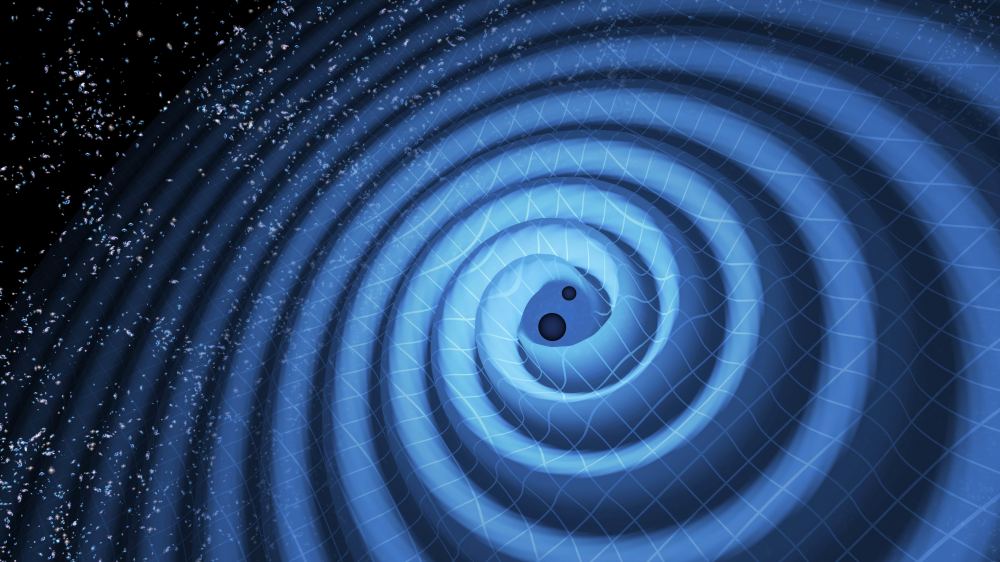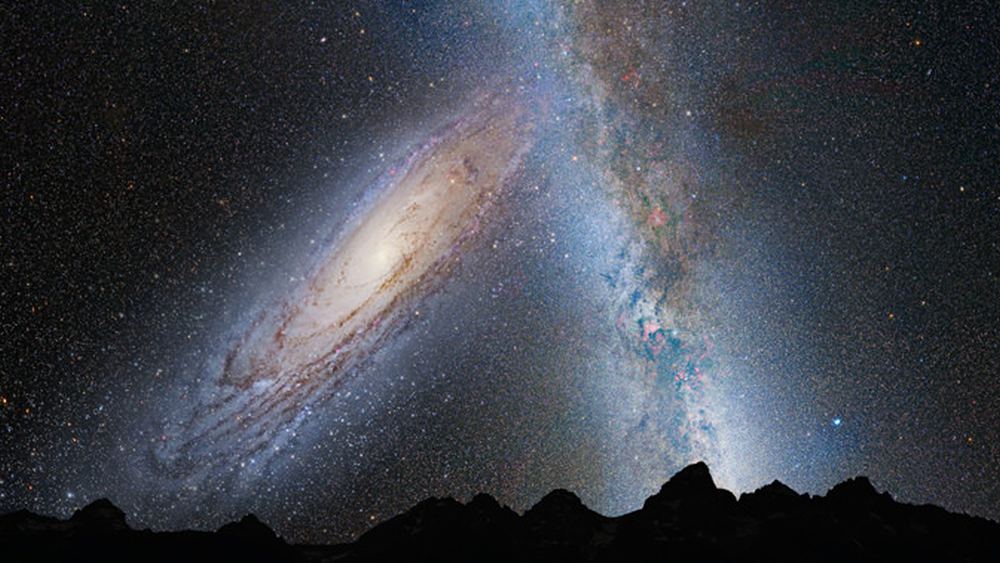
Maine-based BluShift Aerospace takes its first step, with the launch of a unique rocket.
Continue reading

Water simulations that small gravitational waves near a black hole can significantly change the black hole's behavior.
Continue reading

According to new research that looks at MAVEN data, Mars' larger moon (Phobos) could contain a record of how Mars' underwent significant climate change.
Continue reading

SpaceX just conducted their second high-altitude flight tests, which once again ended in an explosion. On to SN10!
Continue reading

Thanks to an international team astronomers led from MIT, a nearby Sun-like star has been spotted with a system of five exoplanets, making it the perfect target for observations with the James Webb Space Telescope.
Continue reading

Researchers at the Oak Ridge National Laboratory recently conducted another neutrino experiment that could lead to the discovery of new physics.
Continue reading

According to NASA Goddard Institute for Space Studies (GISS), 2020 tied 2016 for being the hottest year on record!
Continue reading

A new study conducted by NASA scientists and Rice University shows how Iceland's environment is the closest analog on Earth for ancient Mars
Continue reading

 Universe Today
Universe Today


















